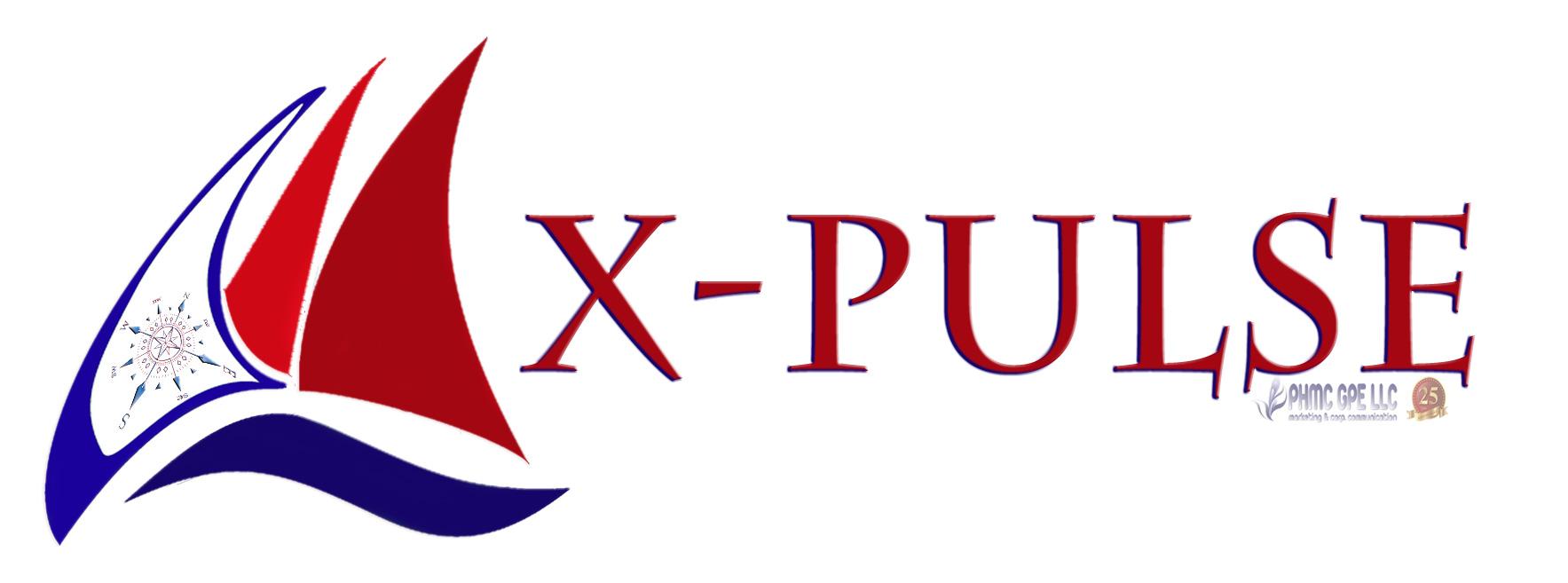Here's how to craft a subject line that gets your email opened and, even better, opens your customer's mind to engagement.
According to a Radicati analysis, the average person receives between 120 and 130 emails per day. Ponder that for a moment. Between the massive volume of work emails, personal emails and, you guessed it, marketing emails, our eyes are saturated with copy 24/7, whether we’re actively looking for it or not.
Surprise and delight
We’ve all heard the phrase that marketers are challenged with surprising and delighting their customers. This couldn’t be more true for emails — email marketers not only have to surprise and delight their customers, but they have to do it in a way that compels them to make a series of micro-decisions that lead to a conversion.
“If there’s a single piece of advice that I can impart to you, it’s this: be authentic.”
So, what then is the very first opportunity for a marketer to surprise and delight the recipient of one of their digital missives? Simple: a subject line. Subject lines are like calling cards; they’re also the very embodiment of that old Head & Shoulders commercial that ends in the tagline: “you never get a second chance to make a first impression.” Subject lines have evolved thanks to the natural evolution of the channel. As heuristic filters gave way to more sophisticated Bayesian filters, which in turn evolved into machine learning algorithms designed to understand recipient engagement on the mailbox provider side, more and more language became OK to use in subject lines. At one point, the word “free” was anathema to achieving inbox placement. Thankfully those dark ages of email marketing are mostly behind us. Subject lines are rife with “free,” “act now,” “don’t wait,” “urgent,” “hurry” and every other verb imaginable to make us feel like time is running out. See where I’m going with this? We’ve all become desensitized to language. Some marketers are capitalizing on this and appealing to our eyes by filling whole subject lines with emojis. That’s great, but based on research my company conducted just last year following the Black Friday/Cyber Monday holiday, only three percent of senders use emoji, and subject lines with them have on average a two percent lower open rate. There are most definitely segments that will respond well to emoji but it’s hard to say which unless you’ve tested it.
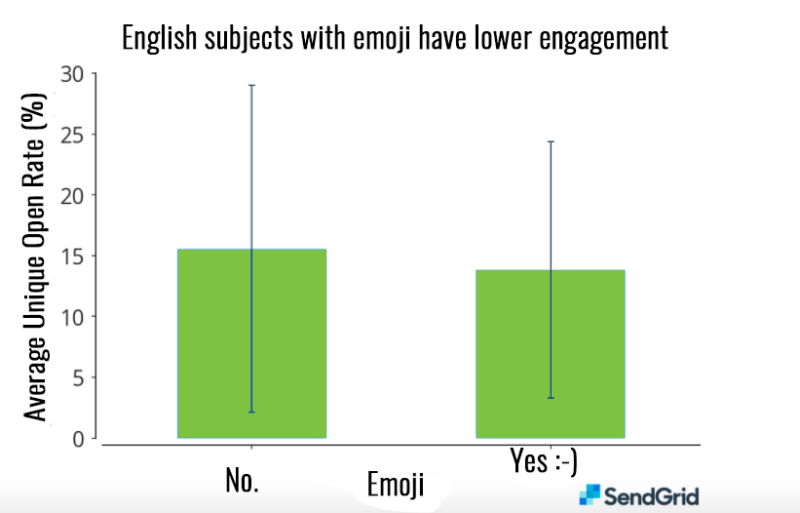
Another surprising trend from this holiday data showed that subject lines that mentioned the holiday were on average five points lower in terms of unique opens. What this suggests is that recipients don’t want marketers to state the obvious. Everyone is well aware that Black Friday is when people go shopping at 3 a.m. and there are deals to be had. Rather than appeal to the obvious, focus on the unique and make that actionable and enticing.
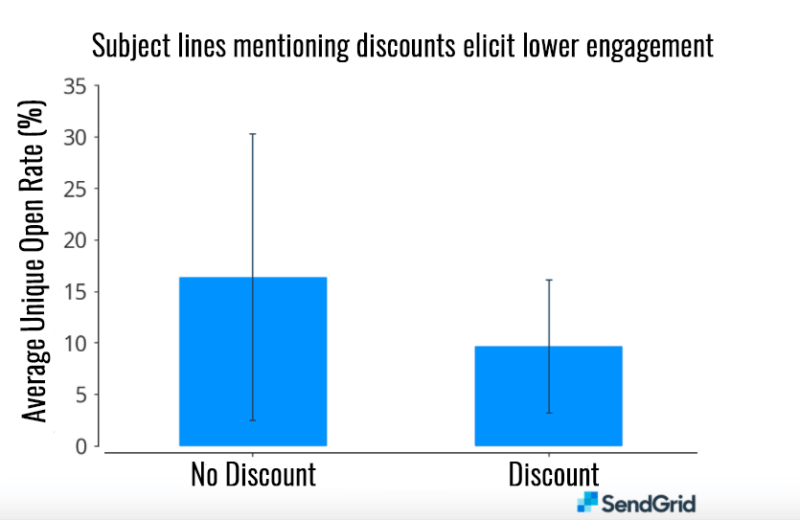
Finding the right subject line
When crafting subject lines, don’t assume that any single one will be a winner. Rather, put them through the wringer — test as many of them as you can and be aware who you’re testing them on. A subject line that may compel me to open will most likely be very different from one that motivates my mother to open an email. Look at what’s been opened in the past and split it up into categories by segment: time-based subject lines, value props, humorous, tongue-in-cheek, etc. Creating categories around the kinds of subject lines you’ve used and how they were received will give you a solid foundation from which to begin your testing. Once you have a set of subject lines you want to test, go ahead and execute with the understanding that you’re keeping the content of the message the same. Why, you ask? Because you want to isolate which factor is driving the opens and clicks. If you change too many things at once, you’ll find it hard to pin down what works and what is just a coincidence. We know over 50 percent of emails are opened on mobile devices; however, at least part of the other 50 percent are opened in desktop email clients like Apple Mail or Outlook and these clients have preview panes. Thus, you won’t really know which was the driver for the open: the subject line, the hero graphic or both. Be sure to also practice restraint when crafting subject lines. Marketers are storytellers by default — many of us long-winded at that. And our research shows the most popular subject line length was seven words during the holiday season last year. However, four-word subject lines had higher engagement rates. It’s hard to be pithy and super engaging in four words, but incredibly long subject lines get clipped on mobile devices. In terms of raw characters, designers recommend 35-50 characters for subject lines to avoid having them clipped.
How many words should your subject line be?
What is the first thing a customer sees when you send them an email campaign? Provided you have good deliverability, which is obviously near and dear to my heart, it’s going to be the subject line. In efforts to stand out, I’ve seen lots of senders have started writing longer and longer subject lines. In fact, the average subject line length is up to 8.1 words over 7.4 from 2016.
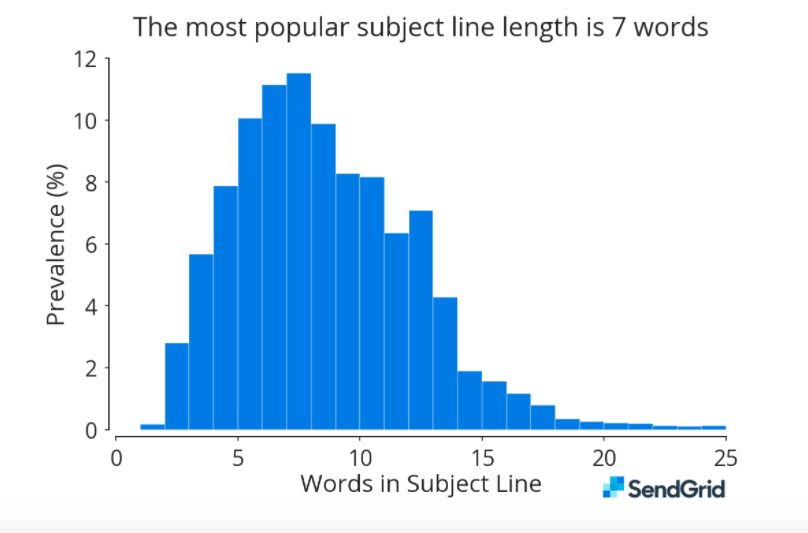 Keeping it real
Keeping it real
If there’s a single piece of advice that I can impart to you, it’s this: be authentic. Authenticity leads to happier customers and a more genuine brand voice. Use your subject lines in a manner that is authentic and consistent with your brand — there is no greater disappointment than opening an email after reading a subject line and learning that the content is the complete opposite of what you were expecting.

The biggest moments in email marketing history
Email marketing is now the most effective digital marketing channel for businesses across all industries. In fact, the channel was responsible for 20 percent of the average business’s revenue in 2017, according to a Relevancy Group study conducted with OneSpot. Meanwhile, more than a third of consumers have opened separate email accounts solely for brand communications, our own company’s research has found.
Given the amount of revenue email generates, it’s no surprise that email marketing has become a highly sophisticated practice. Today’s email marketers use strategic segmentation, personalization and content development strategies to stand out in crowded inboxes and maximize conversions.
Email has matured and evolved over the years. Here are some of the biggest moments that have shaped modern email marketing since inception:
1978 – Gary Thuerk, a marketer for Digital Equipment Corporation, sends the first electronic mail marketing blast, generating $13 million in sales. Early emails like this are rudimentary, text-based and lack personalization.
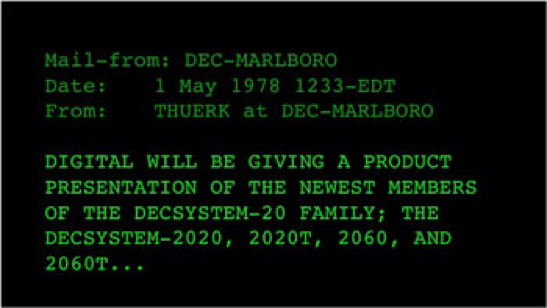
1989 – Oxford English Dictionary adds “e-mail” as an acceptable abbreviation for electronic mail, with the first documented case of the term’s use traced to 1979, the Washington Post reports.
1993-1996 – AOL, Hotmail and Yahoo enter the email scene, offering user-friendly email services that make it easy for the average internet user to sign up and communicate. Hotmail is the first to offer email as a free, web-based service, which allows marketers to reach even more consumers. Additionally, these platforms begin to integrate email with other services like news and chat, making email a part of consumers’ everyday lives.
1998 – Consumers first use the word “spam” to describe unwanted email, which originated from a 1970s Monty Python skit referencing the canned meat brand with the same name. At this time, consumers are frustrated by the number of unsolicited promotional emails they receive. As a result, major providers add “junk” folders to give subscribers control over their email experiences.
2003 – The U.S. government passes the CAN-SPAM Act, which is the first law regulating email marketing. The law sets rules for commercial email, establishes requirements for commercial messages, gives recipients the right to opt out of email marketing lists and spells out tough penalties for violators.
2004 – Google launches Gmail and effectively revolutionizes email. Gmail eventually surpasses Yahoo and AOL in popularity because of its excellent user experience. Years later, Google introduces email innovations like tabs and image caching, and invests in services like Gchat that take email to a new level. Today, Gmail users comprise 30 percent of the average marketer’s subscriber list, according to research conducted by my company, Yes Lifecycle Marketing.
2007 – Apple launches the iPhone, which fundamentally changes the way consumers use smartphones to read and send email. The iPhone introduces larger screens, faster devices and the ability to load images, allowing creative marketers to test new limits of design. An influx of consumers using iPhones to read email leads to responsive design and creates new personalization tactics aimed at consumers on-the-go.
2010s – As subscriber inboxes become more saturated, marketers begin to focus on deliverability and engagement with strategies like triggers, dynamic content, strategic segmentation and newsletters. Email design innovation also improves significantly with new coding support and capabilities. This lays the foundation for real-time, interactive emails.
2018 – Consumers become wary of businesses using their data in the wake of massive data breaches. Businesses across the world enact new safeguards for data protection as the EU implements the GDPR.
The result of this is generally deletion, apathy toward the next email and, in worst case scenarios, hitting the spam button. There’s a mountain of great and sometimes conflicting data around subject lines, with whole schools of thought devoted to tonality, length, how to position offers, etc. Before paying short shrift to your subject lines, do a quick scan of your inbox and reflect on which you clicked on and which you deleted without hesitation. Hopefully, your own emails fall into the former and not the latter.
Sources: PHMC GPE LLC - Marketing Land - SendGrid - Expand Your Knowledge - HO1.us







